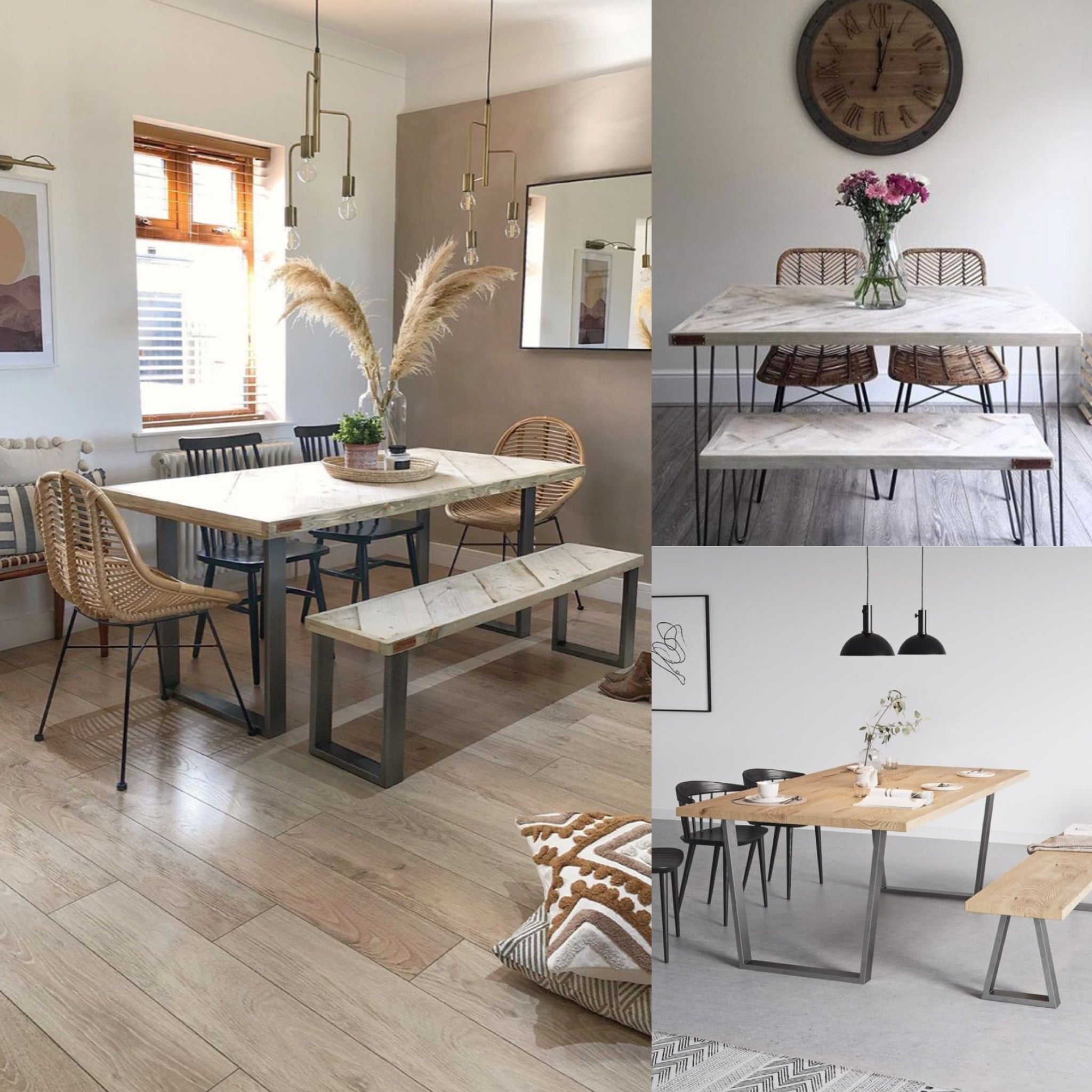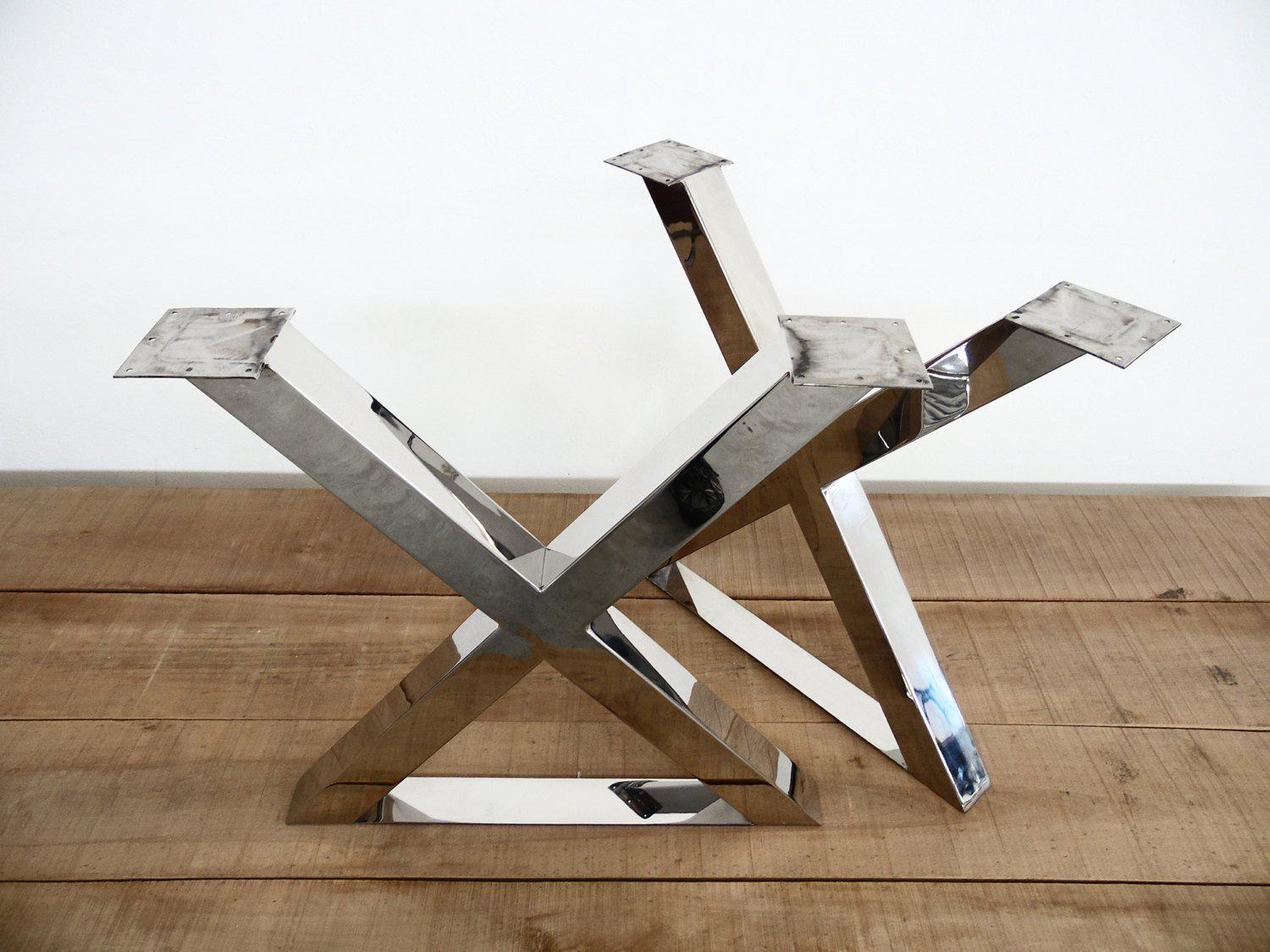Why Custom Dining Room Table Legs Are Worth the Investment
Why Custom Dining Room Table Legs Are Worth the Investment
Blog Article
From Typical to Modern: Discover the Ideal Dining-room Table Legs for Your Design
While classic styles such as cabriole and transformed legs stimulate a sense of ageless class, modern designs like hairpin and geometric options provide a possibility for striking aesthetic interest. As you consider these aspects, the concern continues to be: just how can you seamlessly integrate these diverse leg styles to produce an unified eating experience?
Comprehending Table Leg Styles
The range of eating space table leg styles can substantially influence both the looks and performance of the area. Each leg style contributes unique visual components and sensible attributes, satisfying diverse layout choices and usage requirements. Recognizing these styles is critical for picking the ideal dining table that aligns with your total indoor style vision.
For example, conical legs use a clean, classic appearance that can improve a room's elegance, while stand bases offer stability and make the most of legroom, making them ideal for smaller sized areas. Hairpin legs, a characteristic of mid-century contemporary design, present an industrial flair, permitting for a ventilated, open feel. In a similar way, trestle legs evoke rustic beauty, supplying robust assistance and a sense of eternity.
In addition, the option of products plays a considerable duty. Wooden legs can bring heat and structure, whereas steel options usually communicate a streamlined, contemporary ambiance. Ultimately, recognizing table leg styles is necessary for creating a natural eating area that shows individual style while making certain practicality and convenience. By attentively thinking about these components, you can enhance both the aesthetic and useful charm of your eating space.
Typical Table Leg Options
When selecting dining-room table legs, standard alternatives often embody timeless beauty and workmanship. These styles show an abundant heritage and a dedication to top quality, making them ideal for those who appreciate classic aesthetics.
One of the most famous typical leg designs is the cabriole leg, identified by its elegant bent form. This design typically includes attractive carvings and is most commonly found in Queen Anne and Chippendale furnishings. An additional popular option is the turned leg, which boasts a collection of smooth, rounded forms that provide a classic look while preserving security.
In addition, the straight leg, while straightforward, offers a basic and durable framework that can mix flawlessly with a selection of tabletop designs. For those attracted to ornate outlining, claw-and-ball feet legs evoke a feeling of magnificence and can serve as a spectacular centerpiece in any kind of dining room.
Last but not least, pedestal bases, although not purely legs, provide an alternative typical option that allows for sufficient legroom and can be magnificently sculpted. Each of these conventional leg designs contributes to the overall setting of a dining-room, weding function with visual charm.

Modern Table Leg Styles
Modern table leg layouts use a diverse variety of styles that highlight tidy lines and ingenious products. These styles frequently focus on functionality while acting as striking focal points within a dining room. Minimalist appearances are common, with legs crafted check it out from products such as steel, glass, and engineered timber, which add to a modern and airy feel.
One preferred design is the hairpin leg, identified by its slim, tapered structure that gives stability without overwhelming the table top (dining room table legs). This design is frequently discovered in mid-century modern-day furniture and can effortlessly match numerous eating table shapes. Another pattern is making use of geometric forms, where legs might take on angular or unbalanced kinds, including visual rate of interest and a touch of virtuosity

Mixing Styles for Unique Spaces
Often, homeowners look for to produce distinct dining rooms that mirror their personal style by blending numerous style aspects. This approach enables the unification of diverse aesthetic appeals, resulting in an unified yet unique atmosphere. For example, coupling a rustic wooden table with sleek, modern-day metal legs can create an eye-catching comparison that elevates the area's general appeal.
In addition, integrating vintage table legs with modern tabletops can stimulate a sense of history while maintaining a contemporary perceptiveness. Such combinations not only display individual preference however also urge imagination, allowing home owners to curate a room that really feels both personal and welcoming.
Color plays a crucial function in this mixing procedure; selecting table legs click here to read that enhance or comparison with the existing color pattern can boost visual passion. As an example, whitewashed legs can soften the daring of a dark table surface area, creating a balanced visual.
Tips for Selecting the Right Legs
Choosing the right table legs is essential for accomplishing both capability and visual appeal in your dining area. Begin by taking into consideration the overall style of your space. Typical setups benefit from legs that feature complex makings or transformed layouts, while contemporary spaces may require smooth, minimal designs.
Following, assess the height and stability of the legs. dining room table legs. Conventional eating tables vary in between 28 to 30 inches in elevation, so make certain the legs enhance this measurement for comfort. Additionally, robust materials, such as hardwood or metal, can enhance stability and longevity
Assess the leg shape also-- choices include directly, tapered, or pedestal designs. Straight legs supply a classic look, while conical legs can include a touch of sophistication. Pedestal bases give enough legroom and are ideal for smaller sized rooms.
Verdict
In summary, selecting the perfect dining room table legs calls for mindful factor to consider of both typical and contemporary styles. Traditional alternatives such as cabriole and transformed legs use ageless beauty, while modern layouts like barrette and geometric shapes provide a modern touch. By balancing leg style, elevation, and product with the general decoration, a cohesive and welcoming environment can be achieved. Inevitably, the selected table legs ought to mirror the preferred aesthetic, boosting the eating experience within the space.
The variety of eating room table leg designs can considerably affect both the looks and functionality of the room. Ultimately, comprehending table leg styles is necessary for creating a cohesive eating area that shows individual style while making certain practicality and convenience.One of the most legendary conventional leg designs is the cabriole leg, characterized by its stylish bent shape. Straight legs provide a timeless look, while tapered legs can include a touch of style.In recap, picking the suitable eating room table legs needs mindful consideration of both standard and modern-day designs.
Report this page